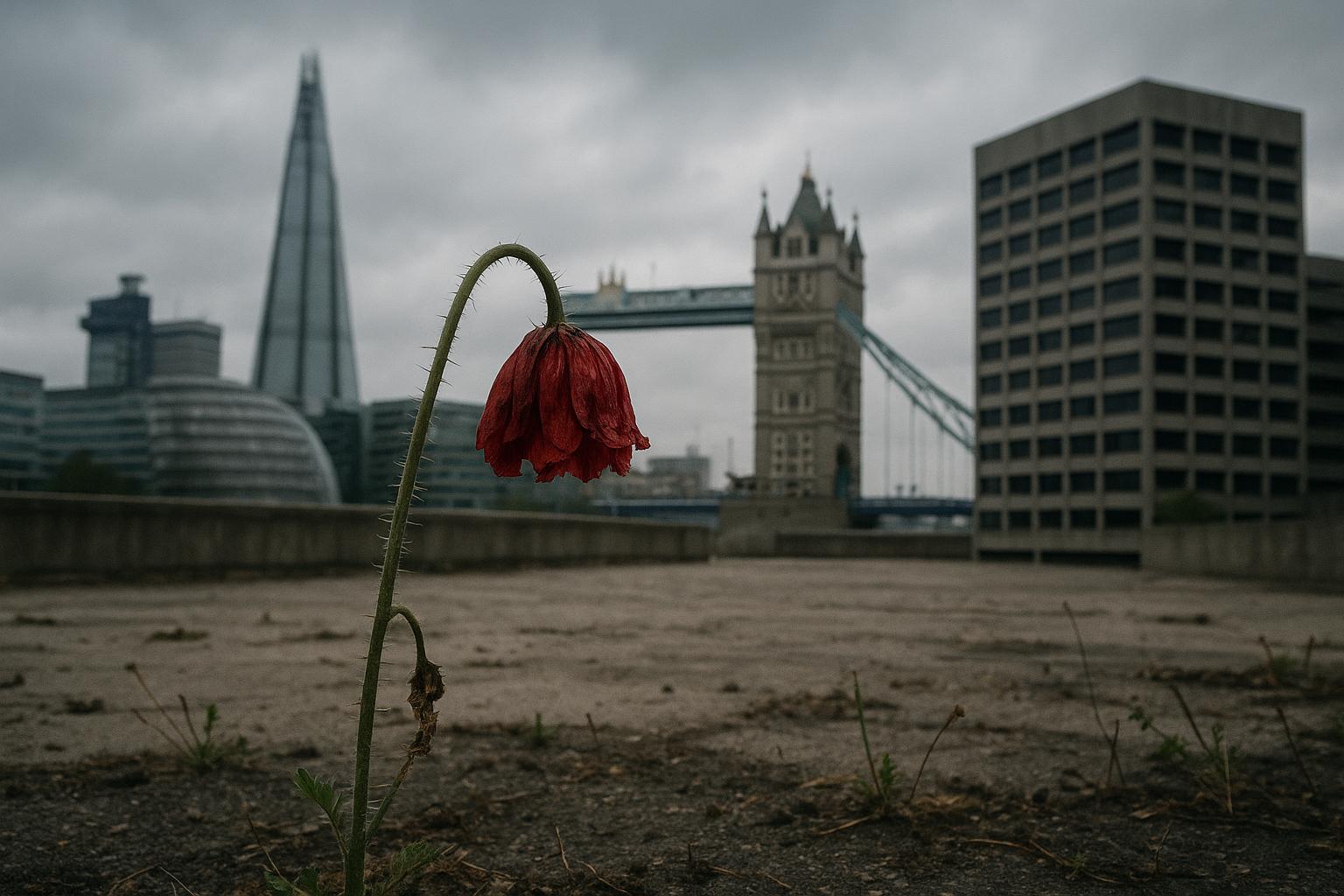The final phases of the Woodberry Down regeneration masterplan have recently been approved by Hackney Council, despite significant objections from residents and community groups. At a planning sub-committee meeting held on 3 September, conditional outline planning permission was granted to Berkeley Homes for the last four phases of the extensive redevelopment, which has been ongoing for two decades. The decision marks a critical juncture in a project that aims to deliver thousands of new homes and improved public infrastructure but has sparked fierce debate over social housing, environmental impact, and community preservation.
Those opposing the latest proposals included residents from Woodberry Grove North and representatives from the Woodberry Down Community Organisation (WDCO). Frances MacFarland, speaking on behalf of local residents, expressed surprise and dismay that the masterplan had recently expanded to cover parts of their street. While generally supportive of phase 6, he underscored the environmental and financial imprudence of demolishing homes that had already been refurbished privately by residents to accommodate their families or businesses. Berkeley Homes responded by stating that Woodberry Grove North, including the disputed properties, had always been within the project's site boundary as defined since 2008, and that all masterplans were subject to extensive public consultation. They also highlighted recent communications from Hackney Council affirming these properties’ inclusion in the latest regeneration phase.
A major point of contention remains the reduction in social housing. The approved plans call for a maximum of 3,083 new residential dwellings across the four remaining phases, with an overall target of 43 percent affordable housing. However, the social rent component accounts for just 20 percent of these new homes. Objectors pointed out that this represents a significant drop from the original estate makeup, which featured around 1,520 council homes in 2008. The new figures propose 1,325 social homes, marking a 13 percent reduction and raising concerns about displaced tenants and the future of social housing stock. Barbara McFarlane, an architect and member of Sustainable Hackney, warned that such a decline contradicts urgent needs to provide homes for less affluent residents amid growing temporary housing pressures in the borough.
In response, Berkeley Homes spokesman Tom Anthony defended the scheme by citing binding contractual obligations under the initial development agreement that set affordable housing tiers. He emphasised that the original promise of around 41.7 percent affordable housing remained intact at 43 percent in the latest application, though the division between social rent and shared ownership had shifted. Nevertheless, the community's fears resonate with earlier criticisms raised by WDCO and others, who have continually expressed doubts about affordability and the right-to-return guarantees for existing tenants. Residents remain apprehensive that the development could lead to gentrification and weaker community ties.
Environmental concerns have also featured prominently in objections. Campaigners highlighted a potential net biodiversity loss of approximately 9.25 percent, falling short of the mandatory minimum requirement of a 10 percent biodiversity net gain under current planning guidance. McFarlane criticised the proposal’s reliance on "privatised green space podiums" elevated six metres above ground level, which she argued would limit wildlife thriving. These points contrast with earlier acclaim for the regeneration’s sustainability credentials; the project has previously won Green Apple Environment Awards for incorporating low-carbon technologies, such as solar panels and air-source heat pumps, and delivering a 142 percent biodiversity net gain during its initial phases. Critics contend, however, that recent plans show a regression on ecological commitments amid increased building density.
The Woodberry Down regeneration, first approved in 2005, aspires to replace outdated housing with 5,500 new homes, alongside community facilities and green spaces. Hackney Council highlights the development’s broader benefits, including a £12 million contribution to local infrastructure improvements covering roads and drainage, and investments in education and skills via apprenticeships and job opportunities. Facilities such as the Woodberry Wetlands—an acclaimed nature reserve opened by Sir David Attenborough—and Spring Park represent tangible community assets delivered through the scheme. While WDCO generally supports the regeneration in principle, it remains critical of the latest masterplan’s reduced social housing, increased density, strain on infrastructure, and environmental impact.
As the project moves forward with conditional consent subject to legal agreements and referral to the Mayor of London, the debates encapsulate the challenges of balancing urban regeneration goals with social equity and ecological responsibility. The controversy around Woodberry Down reflects broader tensions experienced in London and other cities where long-term regeneration projects seek to revitalise neighbourhoods while safeguarding affordability and community identity.
📌 Reference Map:
- Paragraph 1 – [1], [5]
- Paragraph 2 – [1], [6]
- Paragraph 3 – [1], [2], [6]
- Paragraph 4 – [1], [2], [6], [7]
- Paragraph 5 – [1], [3], [7]
- Paragraph 6 – [1], [4], [5]
- Paragraph 7 – [1], [2], [7]
Source: Noah Wire Services
